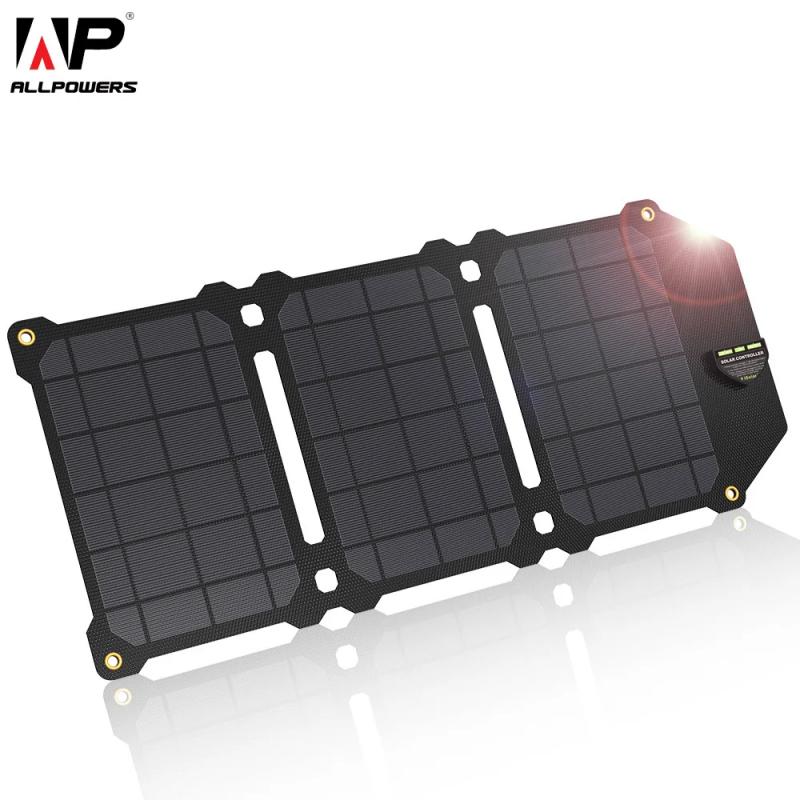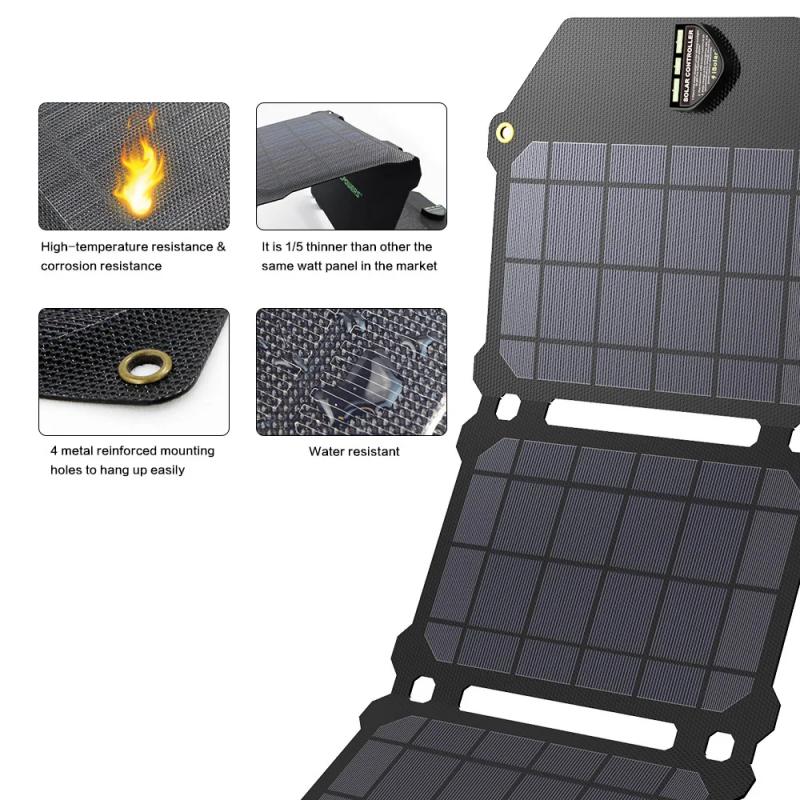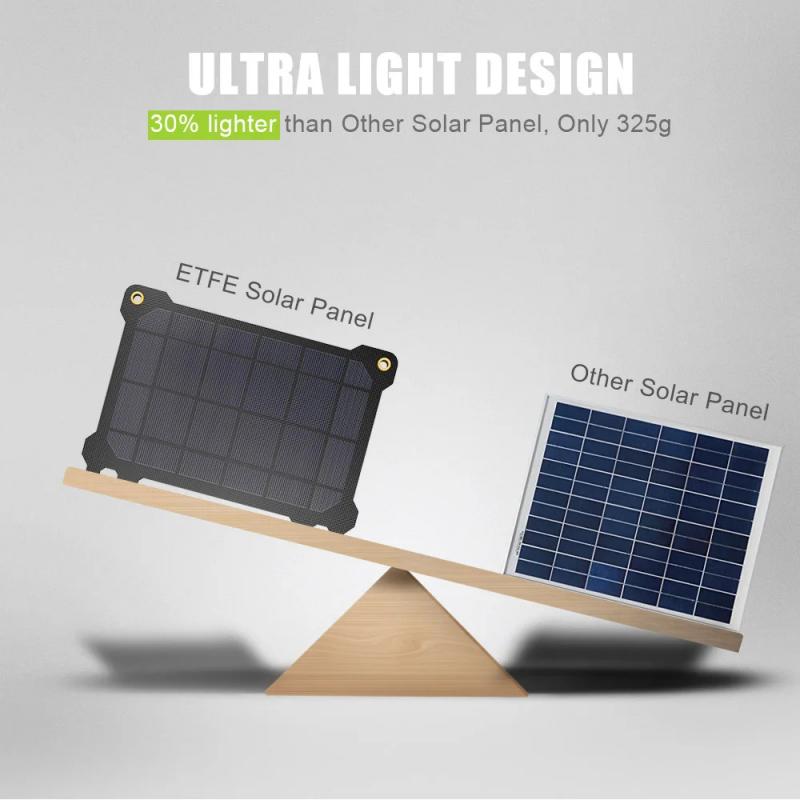How Much Energy Does A Solar Panel Make?
Understanding Solar Panel Energy Production: A Comprehensive Guide
As the world increasingly turns to renewable energy sources, solar power has emerged as a leading contender in the quest for sustainable energy solutions. One of the most common questions people have when considering solar energy is, "How much energy does a solar panel make?" This question is crucial for homeowners, businesses, and policymakers alike, as it directly impacts the feasibility and efficiency of solar energy systems. In this article, we will delve into the factors that influence solar panel energy production, provide practical examples, and offer insights into optimizing solar energy output.
Factors Influencing Solar Panel Energy Production

1. Solar Panel Efficiency
Solar panel efficiency refers to the percentage of sunlight that a panel can convert into usable electricity. Modern solar panels typically have an efficiency rate ranging from 15% to 22%. Higher efficiency panels can produce more electricity in a given area, making them ideal for locations with limited space.
2. Panel Size and Wattage
The size and wattage of a solar panel are directly related to its energy production capacity. Panels are usually rated in watts (W), with common residential panels ranging from 250W to 400W. Larger panels with higher wattage can generate more electricity, but they also require more space.
3. Geographic Location
The amount of sunlight a location receives, known as solar irradiance, varies significantly based on geographic location. Areas closer to the equator receive more direct sunlight year-round, while regions further from the equator experience more seasonal variation. Solar irradiance is measured in kilowatt-hours per square meter per day (kWh/m²/day).
4. Tilt and Orientation
The angle at which solar panels are installed (tilt) and their direction (orientation) can greatly affect energy production. Ideally, panels should be tilted at an angle equal to the latitude of the installation site and oriented towards the equator (south in the Northern Hemisphere and north in the Southern Hemisphere).
5. Shading and Obstructions
Shading from trees, buildings, or other obstructions can significantly reduce the amount of sunlight reaching the panels, thereby decreasing energy production. It is essential to conduct a shading analysis before installation to ensure optimal placement.
6. Temperature
Solar panels are more efficient at lower temperatures. High temperatures can reduce the efficiency of photovoltaic cells, leading to lower energy production. This phenomenon is known as the temperature coefficient, and it varies among different types of panels.
Calculating Solar Panel Energy Production

To estimate the energy production of a solar panel, you can use the following formula:
\[ \text{Energy (kWh)} = \text{Panel Wattage (W)} \times \text{Sunlight Hours (h)} \times \text{Efficiency Factor} \]
Let's break down this formula with a practical example:
- Panel Wattage: 300W
- Sunlight Hours: 5 hours/day (average for a specific location)
- Efficiency Factor: 0.75 (accounting for real-world conditions like shading, temperature, and system losses)
\[ \text{Energy (kWh)} = 300W \times 5h \times 0.75 = 1,125Wh \text{ or } 1.125kWh \text{ per day} \]
Over a month, this panel would produce:
\[ 1.125kWh/day \times 30 days = 33.75kWh \]
Practical Examples

Residential Solar System

A typical residential solar system might consist of 20 panels, each rated at 300W. Using the same average sunlight hours and efficiency factor:
\[ \text{Total System Wattage} = 20 \times 300W = 6,000W \text{ or } 6kW \]
\[ \text{Daily Energy Production} = 6kW \times 5h \times 0.75 = 22.5kWh \]
Over a month, this system would produce:
\[ 22.5kWh/day \times 30 days = 675kWh \]
This amount of energy can significantly offset a household's electricity consumption, leading to substantial savings on utility bills.
Commercial Solar System
For a commercial installation, let's consider a system with 100 panels, each rated at 400W:
\[ \text{Total System Wattage} = 100 \times 400W = 40,000W \text{ or } 40kW \]
\[ \text{Daily Energy Production} = 40kW \times 5h \times 0.75 = 150kWh \]
Over a month, this system would produce:
\[ 150kWh/day \times 30 days = 4,500kWh \]
Such a system can provide a significant portion of a business's energy needs, reducing operational costs and contributing to sustainability goals.
Optimizing Solar Energy Output
To maximize the energy production of a solar panel system, consider the following tips:
1. Optimal Placement
Ensure that panels are installed in a location with maximum sunlight exposure and minimal shading. Conduct a thorough site analysis to determine the best placement.
2. Regular Maintenance
Keep panels clean and free of debris to maintain efficiency. Regularly inspect the system for any damage or wear and tear.
3. Use High-Efficiency Panels
Invest in high-efficiency panels, especially if space is limited. While they may have a higher upfront cost, the increased energy production can lead to greater long-term savings.
4. Monitor Performance
Use monitoring systems to track the performance of your solar panels. This can help identify any issues early and ensure that the system is operating at peak efficiency.
5. Consider Battery Storage
Integrating battery storage with your solar system can help store excess energy produced during the day for use during nighttime or cloudy periods, increasing overall energy independence.
Understanding how much energy a solar panel can produce is essential for making informed decisions about solar energy investments. By considering factors such as panel efficiency, size, geographic location, and installation conditions, you can accurately estimate energy production and optimize your solar system's performance. Whether for residential or commercial use, solar panels offer a sustainable and cost-effective solution to meet energy needs while reducing environmental impact. As technology continues to advance, the efficiency and affordability of solar panels are expected to improve, making solar energy an increasingly attractive option for a wide range of applications.
